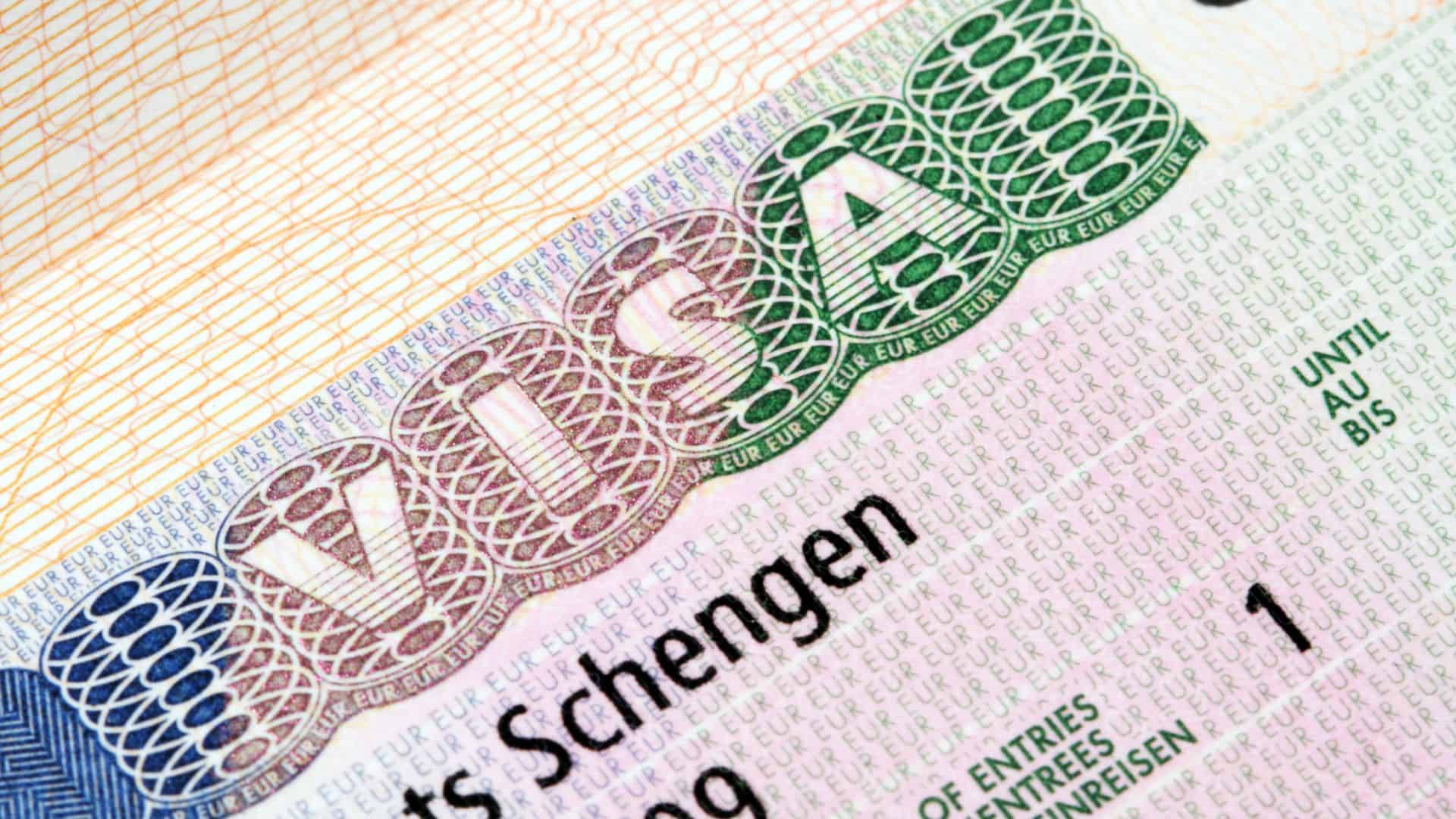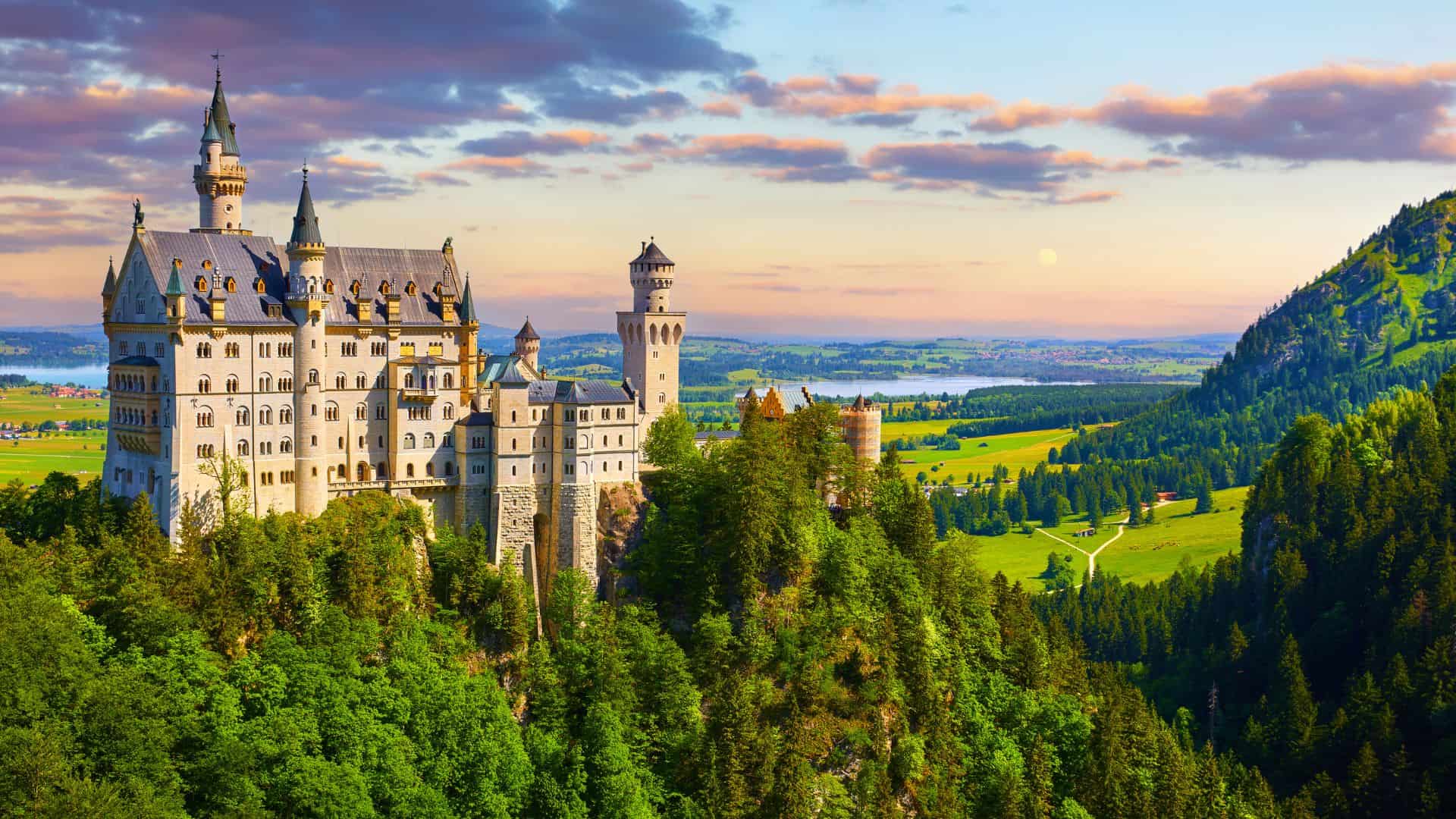
Gypsy and Roma
Embark on a wild ride through time as we unveil the enigmatic origins of the Roma, the mystical wanderers often referred to as Gypsies. Hold onto your history hats because this journey is about to get more intriguing than a time-traveling circus! The Roma, shrouded in mystery like a magician's disappearing act, have sparked heated debates among historians, anthropologists, and geneticists. These nomadic wizards of culture, armed with a distinct language and traditions, are believed to have kicked off their epic adventure over a thousand years ago in northern India.
Picture this: a caravan of Romani folks, their roots deeply intertwined with northwestern India. Genetic studies and linguistic magic spells reveal a common ancestry, with their language, Romani, doing a linguistic tango with Sanskrit. Somewhere around the 10th century, the Roma packed their bags—probably embroidered with mystical symbols—and began a westward migration, fueled by economic opportunities, political drama, and societal popcorn moments.
Fast forward through a magical carpet ride across Persia and the Middle East, and ta-da! The Roma made their grand entrance into Europe during the late medieval period, wowing the locals with their nomadic flair. The term "Gypsy" itself has a dash of irony—it's a spinoff of "Egyptian," as many Europeans initially believed these enchanting travelers hailed from the land of pyramids and pharaohs.
But the Roma weren't just performing a one-act show; they settled in various European regions, adding their unique flavor to the melting pot of cultures. Despite their magical influence on art, music, and dance, their status was like a tightrope act—precarious, with discrimination and persecution lurking like mischievous imps.
Zoom into the present day, and the Roma are the real rockstars of diversity, with communities scattered across European countries and diaspora populations sprinkled around the globe. Their rich cultural heritage, marked by music, dance, and storytelling, is a showstopper. Yet, their ongoing battle against discrimination and quest for equal rights add a plot twist to this centuries-old saga.
In a world where adaptation is the name of the game, the Roma proudly flaunt their Indian roots as a badge of honor. So, as you soak in the magic of their journey, remember—the Roma are not just a footnote in history but the captivating stars of a timeless tale. Step right up, folks, because the Roma's story is a spectacular carnival of resilience, culture, and the never-ending quest for acceptance in the grand circus of life!
The Roma, often referred to as Gypsies, are a diverse ethnic group with a complex history stretching back centuries. Originating from the northern regions of India, the Romani people embarked on a significant migration from India to Europe around the 10th century. This journey eventually led them across the Middle East and into Europe by the 15th century. Their arrival in Europe marked the beginning of a distinct Romani culture that would spread across the continent, influencing music, language, and traditions wherever they settled. The Romani language, which retains elements of its South Asian origin, serves as a living testament to their long journey and adaptation to new lands.
Throughout their history in Europe, Roma populations have faced significant challenges and discrimination, most notably during the Holocaust, where they were targeted alongside Jews by the Nazis. Known as the Porajmos, the Romani Holocaust saw the persecution and murder of hundreds of thousands of Roma and Sinti across Europe. Despite these dark times, the Roma have preserved their culture and identity, with music and oral traditions playing a central role in Romani life.
Today, the European Roma population is estimated to be around 10 to 12 million, with significant communities found in Central and Eastern Europe, particularly in countries like Romania, Hungary, and Slovakia. These communities continue to celebrate their rich cultural heritage while also advocating for Roma rights and recognition within European societies. The Roma and Sinti's contributions to European culture, particularly in the realms of music and art, remain invaluable and are a reflection of their enduring spirit and resilience.
Despite their widespread presence across Europe, many Roma still face social and economic challenges, including discrimination, poverty, and limited access to education and healthcare. Efforts by various European governments and international organizations aim to improve the living conditions and rights of the Roma population, acknowledging their integral role in the tapestry of European society. The history of the Roma in Europe is not just a story of survival against the odds; it's a testament to the enduring strength and adaptability of the Romani people, their culture, and their unwavering sense of community.
The Roma, widely known as Gypsies, trace their origins back to the northern regions of India, embarking on a migration that would see them spread across Europe. This movement, which began in the 1st millennium, led to the establishment of Romani communities throughout East-Central and Southeastern Europe, and eventually into Western Europe in the 15th century. Studies and historical records, including those by the Gypsy Lore Society and the Romani Archives and Documentation Center, have played crucial roles in piecing together the journey and evolution of the Romani people. The Romani language, sharing significant linguistic features with languages from the Indian subcontinent, serves as a profound link to their South Asian origins, despite the diverse dialects that have developed over time.
Throughout European history, the Romani have been described variously, often in a manner that reflects the biases and prejudices of the time. Notably, in medieval Europe, there was a decree called the feudum acinganorum, which mainly used Romani serfs, highlighting the early integration and yet marginalization of Romani in European societies. Despite such challenges, the Romani have maintained a rich cultural heritage, with the Roma culture being characterized by its music, dance, and oral storytelling traditions, which have influenced and enriched the cultural tapestry of Europe.
The first World Romani Congress, held in 1971, marked a significant moment in the international Romani movement, fostering a sense of unity and purpose among Romani from all over Europe and beyond. This congress, along with subsequent gatherings, has been pivotal in promoting the rights and interests of the Romani minority, advocating for policies like the National Roma Integration Strategies in various European nations. Despite the Roma's nomadic roots, today, many Romani communities lead sedentary lives, contributing to the societies they live in while still facing significant challenges such as discrimination and social exclusion.
In modern times, the estimated 12 million Roma in Europe represent the largest ethnic minority in the European Union, with significant populations in countries across the continent. Their history is a testament to their resilience and ability to adapt, from the nomadic Roma bands to the settled communities. However, tragic episodes, such as the sterilization of Romani women in some regions, remind us of the enduring prejudices faced by the community. The Roma continue to strive for recognition and integration into the societies of Europe today, balancing the preservation of their unique cultural identity with the challenges of modernity.










